Recipes – № 29
Kohlrouladen
Kohlrouladen (literally “cabbage rolls”) are a dish that Germans take for granted until they live somewhere else for a while. I never thought of them as particularly noteworthy growing up in Berlin, but then a few years ago, after well over a decade in NYC, I suddenly developed a craving for this German classic that I couldn't shake. Far from home, there was only one way to address this situation and that was to make my own. Fortunately, they’re fairly straightforward and after some quick online research and a couple of recipe trials, I had it down. My made-in-America Kohlrouladen confirmed that I wasn’t just home sick, but that this humble dish is in fact delicious. Even my American wife, whom you could safely consider a neutral judge in the matter, is a big fan.
Kohlrouladen are ground veal and pork stuffing wrapped in blanched savoy cabbage. You could make a 100% pork version instead (many Germans do), but I think the veal makes the dish slightly more refined whereas the pork keeps it juicy. Kohlrouladen can be served with gravy and they go well with mashed or boiled potatoes.
A quick note on the breadcrumbs that are added to the stuffing and their quality, which can really affect the dish. Good breadcrumbs come from bread that actually tastes good. The easiest way to ensure that is to make your own breadcrumbs from bread you like (fresh or dried). This is easiest with a food processor, but a large knife will do too. Unfortunately store-bought breadcrumbs are hit or miss, not just because many contain unpronounceable ingredients, but also because they often taste bland or worse.

Serves 8-10
1 large or 2 small savoy cabbages
1 lb ground veal
1 lb ground pork (reasonably fatty)
1 medium onion
2 eggs
1 cup breadcrumbs
1 tsp sweet paprika
3-4 twigs thyme
Freshly ground black pepper
1 Tbsp fine sea salt
3 Tbsp olive oil
Equipment: kitchen twine
For the gravy (optional):
2 cups meat broth or chicken broth, unsalted or lightly salted, preferably homemade
2 Tbsp cold butter

Bring a large pot of liberally salted water to a boil. Cut the savoy cabbage's outer leaves off the core and carefully remove the 15 to 20 largest and intact outer leaves. Wash and boil the leaves in the salted water for 3 minutes to make them easier to work with. Depending on the size of the pot, you might have to work in two rounds. Cool the leaves (following each round) in some cold running water to stop the cooking process and drain. (Use the inner parts of the savoy cabbage(s) for another recipe, such as cabbage salad with toasted sesame and citrus).
Peel and finely chop the onion and remove the leaves from the thyme twigs and place both in a bowl with the veal, pork, eggs, breadcrumbs, sweet paprika, some freshly ground black pepper and 1 Tbsp of fine sea salt. Mix well with your hand. Form the mixture into an even cylindrical log, cut into 10 equal parts and form 10 “sausages”, each approximately 4 inches long and 2 inches wide. Roll each stuffing into 1 large or 2 smaller leaves, tucking in the sides so that the whole stuffing is tightly wrapped. Tie up the rolls with some kitchen twine.
Preheat the oven to 375F. Heat a large cast-iron skillet over medium-high heat (or use two skillets if the rolls don’t all fit). Sear the cabbage rolls in 3 Tbsp of olive oil on both sides until the cabbage is partially browned, around 12-15 minutes total. Transfer the skillet(s) into the oven and roast for 15 to 20 minutes until the stuffing is cooked. You’ll know it's cooked when it feels firm to the touch (even through the cabbage wrap), but if you’re unsure you should cut open a roll to check. Place the cabbage rolls on a warm serving plate.
Optional Gravy:
The cabbage rolls will give off some tasty juices in the skillet and on the serving plate. If you’d like to have more gravy, then boil the meat broth (or chicken broth) in a sauce pan until it reduces by half while the cabbage rolls are roasting in the oven. When the rolls are cooked and you’ve moved them onto the serving plate, place the skillet back on the stovetop over medium-low heat and transfer the broth into the skillet. Stir and dissolve any pan drippings into the sauce. Add the juices released by the rolls on the serving plate. Taste for salt. Add the cold butter and whisk until all the butter has melted into the sauce. Serve immediately.

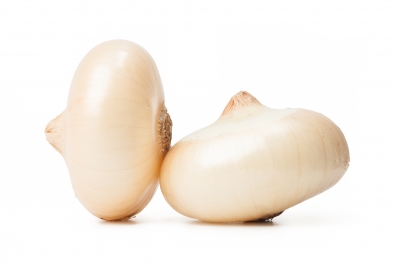

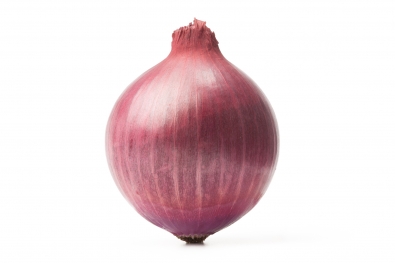
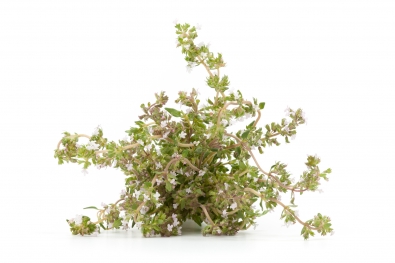
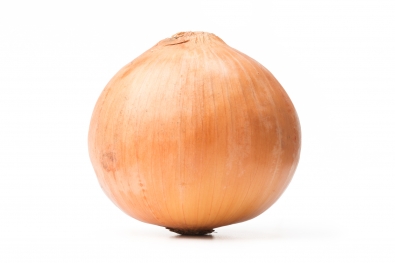
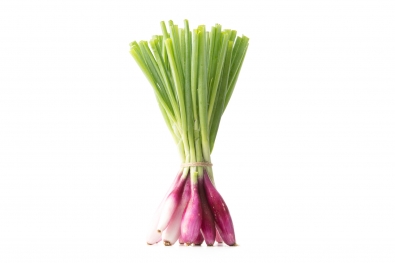
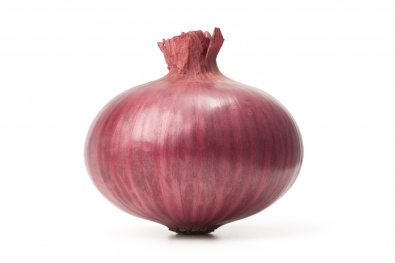
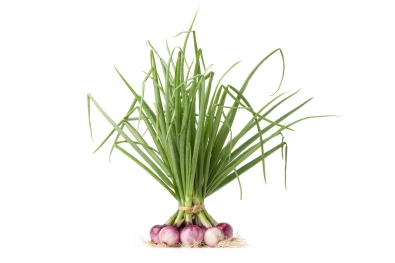
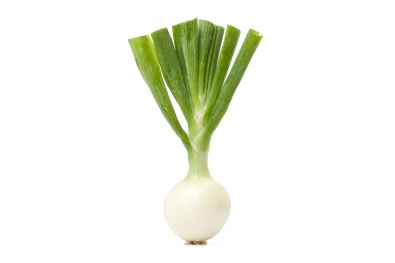
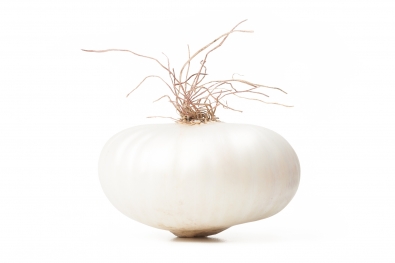
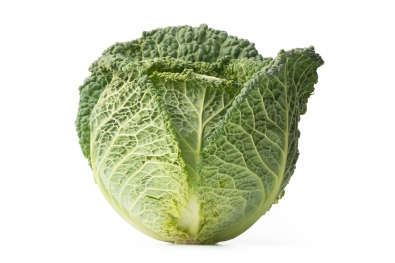
Add a comment